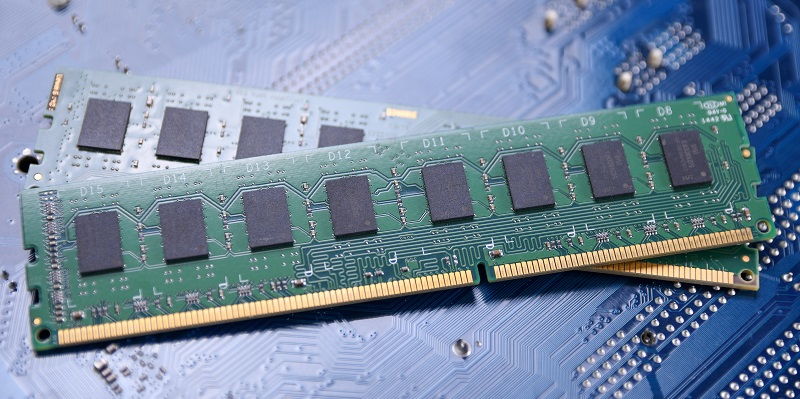Micron, a global leader in memory and storage solutions, has recently started sampling its highly-anticipated next-generation high bandwidth memory (HBM3) Gen2 to customers, including industry titan NVIDIA. This cutting-edge memory is set to revolutionize the AI industry by offering unprecedented performance, capacity, and power efficiency. With the debut of Micron’s HBM3 Gen2 memory expected in Team Green’s upcoming AI and high-performance computing (HPC) GPUs during the first half of 2024, the market is buzzing with excitement.
Expected debut in NVIDIA’s AI & HPC GPUs
The upcoming AI and HPC GPUs from NVIDIA are highly anticipated, and Micron’s HBM3 Gen2 memory is poised to play a crucial role in powering these advanced graphics processing units. The collaboration between Micron and NVIDIA holds great promise for delivering exceptional performance and driving innovation in the AI sector. Analysts speculate that the first half of 2024 will witness the introduction of these groundbreaking GPUs, showcasing the full potential of Micron’s HBM3 Gen2 technology.
The AI industry’s role in rescuing Micron’s finances
Micron’s strategic move into the AI industry comes as the company seeks to overcome financial challenges faced in recent quarters. With the current AI frenzy in full swing, Micron anticipates securing a significant boost in revenue from the AI sector. The adoption of Micron’s cutting-edge HBM3 Gen2 memory by leading AI chip makers is expected to bring in millions of dollars in revenue, providing a much-needed uplift for the company’s financial performance.
Features and Performance Specifications of Micron’s HBM3 Gen2
The first batch of Micron’s second-generation HBM3 memory boasts an impressive 8-Hi design, allowing for greater capacity and bandwidth than ever before. With capacity options of up to 24 GB, this memory solution offers an outstanding bandwidth exceeding 1.2 TB/s. Furthermore, Micron’s HBM3 Gen2 delivers up to 2.5 times the performance per watt compared to the previous generation, making it a game-changer in terms of power efficiency and overall performance.
Higher speeds and lower power consumption
In terms of speed, Micron’s HBM3 Gen2 memory operates at an impressive 9.2 Gb/s, marking a significant 50% boost over the standard HBM3 technology commonly found in the market. This remarkable increase in speed, combined with the memory’s lower power consumption, positions Micron’s HBM3 Gen2 as an ideal solution for cutting-edge AI and HPC applications. By offering higher speeds and exceptional energy efficiency, Micron’s memory excels in delivering the performance required by AI workloads.
Micron’s ambition to dominate the HBM market
Micron has set its sights on dominating the HBM market by swiftly adopting next-generation memory standards. By innovating and introducing HBM3 Gen2, Micron aims to compete fiercely with SK Hynix, the current market leader in the HBM space. With its advanced technology and commitment to driving industry standards, Micron is positioning itself as a formidable force in the memory industry, ready to revolutionize the AI landscape.
Multiple options for AI chipmakers
AI chip makers now have a range of options when it comes to selecting memory modules for their advanced systems. Micron’s HBM3 Gen2 memory, alongside Samsung and SK Hynix’s offerings, enables AI chip makers to choose the best-suited memory solution for their specific needs. This increased competition will drive innovation in the industry and ensure that AI systems benefit from the high-performance, low-power advantages offered by Micron’s HBM3 Gen2.
Micron’s next-generation HBM3 Gen2 memory holds the potential to reshape the AI industry. With its exceptional performance, high capacity, and power efficiency, this groundbreaking memory technology is expected to power NVIDIA’s upcoming AI and HPC GPUs. Micron’s strategic focus on the AI sector is predicted to not only rescue the company from recent financial struggles but also establish Micron as a dominant player in the HBM market. As the demand for AI solutions continues to grow, the collaboration between Micron, NVIDIA, and other industry giants will usher in a new era of AI-driven innovation, further pushing the boundaries of what is possible in artificial intelligence.

